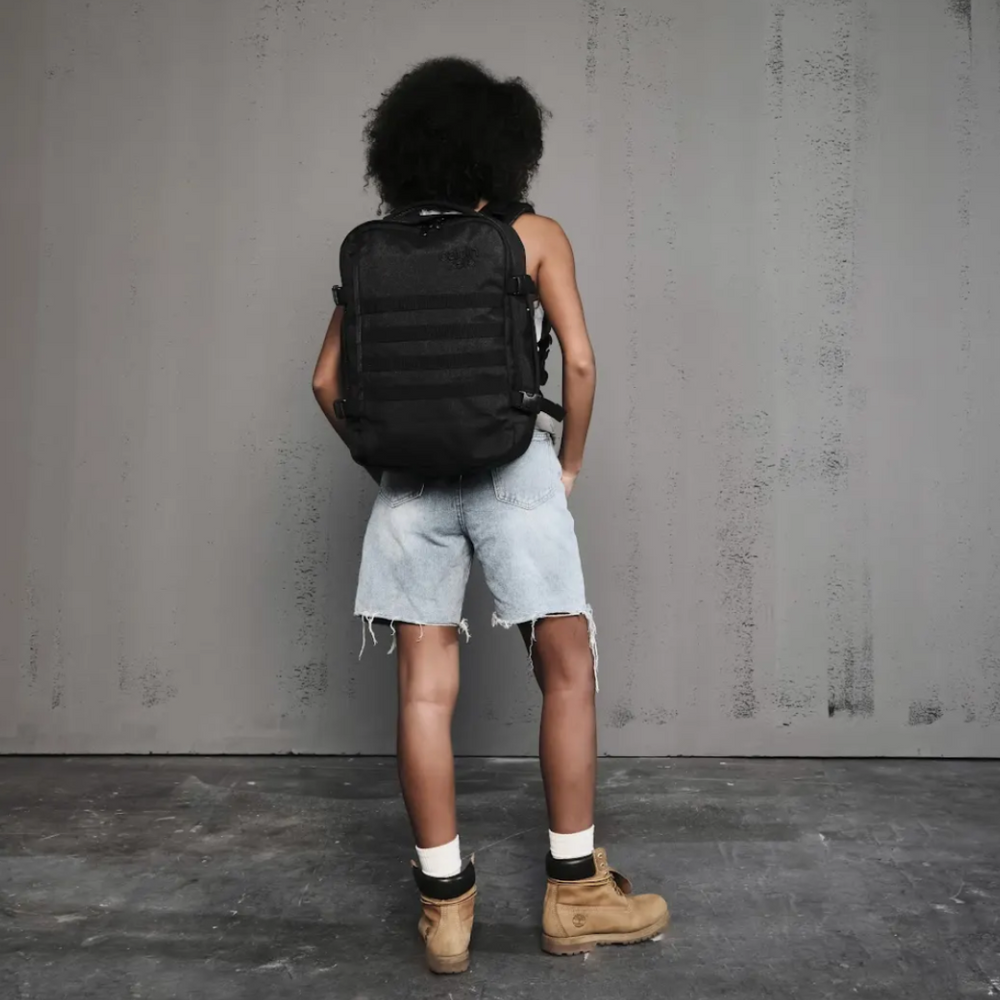CONTENTS
Top 10 Tokyo Summer Festivals You Shouldn't Miss
Japan is big on festivals. Numerous colorful festivities are scattered throughout the year so it's quite common to randomly come across one on your travels to the country. In Tokyo alone, there are numerous traditional and modern festivals taking place during summer so deciding which one to go is not an easy task!
Summer festivals in Tokyo are distinguished by large-scale fireworks displays, colorful parades, music and dance carnivals, and a lot more.
The Three Largest Shinto Festivals of Tokyo
Three major Shinto festivals take place in Tokyo every summer – the Fukagawa Hachiman Festival, Kanda Festival, and Sanno Festival. All three happen annually but on alternating years, each one is magnified with larger fleets of mikoshi paraded around Central Tokyo. These major festivals attract up to a million spectators so be well prepared!
(1) Fukagawa Hachiman Festival – The Fukagawa Matsuri is an annual five-day festival that occurs in mid-August. Once every three years, the celebration becomes more extravagant when denizens of Tomioka Hachiman Shrine in Koto would carry a fleet of more than 50 mikoshi (portable shrines) in a procession starting from the shrine, crossing the Sumida River, and back to the shrine again; all the while participants are being heavily doused with water. This main event occurs on the weekend closest to the 15th of August, while the rest of the days are celebrated with traditional parades and other ceremonies.
(2) Kanda Festival – The main event of the Kanda Matsuri occurring on odd numbered years (2017, 2019, 2021) involves up to 200 mikoshi parading around central Tokyo starting and ending at the Kanda Shrine in Chiyoda. As it is with the Fukagawa Matsuri, local fire stations join the water dousing by throwing full-pressure water jets at the participants.
(3) Sanno Festival – The Sanno Matsuri happens annually in May but the Jinkosai, a procession consisting of hundreds of people dressed in ancient Japanese costumes while carrying three mikoshi where the guardian deities of Tokyo are enshrined, occurs only in even numbered years (2016, 2018, 2020). The procession starts and ends at the Hie Shrine in Chiyoda going around Central Tokyo. Unlike the Fukagawa and Kanda Festival, Sanno Festival does not involve water splashing.
Fireworks Festivals (Hanabi Matsuri)

Aside from being a form of entertainment, it is a popular belief in Japan that lighting of fireworks drives away bad spirits. At the same time, this ritual pleases the deities that protect and provide for the people. This is why summer festivities in Japan are characterized by large fireworks displays; each of the many districts in Tokyo stages their own fireworks show. The Sumida River Fireworks and Edogawa Fireworks festivals are two of the major fireworks exhibitions in Tokyo.
(4) Sumida River Fireworks Festival – This event happens on the last Saturday of July along the Sumida River. The best place to watch the light show is in the neighborhood of Asakusa. You can also catch a great view of the fireworks by taking a boat cruise on the Sumida River. With more than 20,000 fireworks, this is the most popular fireworks festival in Tokyo so expect a huge crowd of locals and foreigners alike.
(5) Edogawa Fireworks Festival – This is another large scale fireworks display along the Edogawa River. It involves lighting of 14,000 fireworks and runs for 75 minutes with themes changing every ten minutes. But you have to make sure to see the opening of the light show when 1,000 fireworks are simultaneously lit in the first five seconds. This, too, attracts about half a million spectators so you may want to make sure you have reserved your place early in the morning.
Hipster and Popular Sub-Culture Street Carnivals
Hipsters and sub-culture cult followers will never be left behind when it comes to summer festivities. Omotesando, Harajuku, Shibuya and other popular district hangouts are among the youth stage music and street dance festivals that happen every summer.
(6) Asakusa Samba Carnival – Yes, we're still talking about festivals in Japan. The Asakusa Samba Matsuri is usually held between July and August to commemorate the tight bond between Brazil and Japan. With a population of more than 300,000 Japanese expats and migrants, Sao Paolo has the largest population of Japanese outside Japan. About 500,000 spectators flock the streets of Asakusa to witness professional Samba dance performers from all over Japan.
(7) Harajuku Omotesando Genki Matsuri Super Yosakoi Festival – The streets of Harajuku and Omotesando are most crowded during the last weekend of August. This is due to the two-day dance competition among 6,000 dancers in the most cutting-edge outfits reminiscent of the Harajuku Fashion. About 100 participating teams perform the unique Japanese dance style called Yasakoi, a highly energetic dance style accompanied by modern music.
(8) Koenji Awaodori Festival – Awa Odori is being celebrated as part of the Festival of Obon, a Japanese Buddhist tradition of honoring the spirits of one's ancestors. With more than 12,000 dancers in traditional o-bon costumes, it is the largest dance festival in Tokyo and attracts more than a million spectators. If you are going to Tokyo this summer, you'll have a hard time deciding which one you'll go to as all these three festivals coincide with the last weekend of August.
Other Traditional Festivals in Tokyo
Shinto and Buddhist temples hold festivities to honor their guardians and deities. These are highlighted by street processions of mikoshi (portable shrines) and street dances accompanied by traditional music instruments.
(9) Asakusa Toro Nagashi – This summer festival involves floating of colorful paper lanterns along the Sumida River in Asakusa. Participants make their wishes and release their lanterns from the Sumida Park Shinsui Terrace near Azuma-bashi Bridge.
(10) Shitamachi Tanabata Festival – This is not one of the more popular summer festivals in Japan but it is worth mentioning as it is one that involves a story of enduring love between two lovers despite the universe conspiring against their relationship. Celebrated on July 7th of each year, Shitamachi Tanabata Matsuri is a traditional event in celebration of two stars, Vega and Altair, who were separated and meeting in the Milky Way just once a year. This festival is a week-long event involving the writing of wishes on tiny strips of paper and tying them on bamboo poles. On the weekend, a large parade of street dancers troop along Kappabashi Hondori and runs from the Asakusa Station to the vicinity of Ueno Station.
As earlier mentioned, festivals are big in Japan and most festivities happen during summer. There are a lot more summer festivals in Tokyo alone and we have barely scratched the surface.
About The Author
Noel Cabacungan was born and raised in the Philippines but is currently working in Saudi Arabia. He suspects the universe often conspires to put him in the unfriendliest of places and believes assimilation is the only way to survive. This belief made him capable of seeing the beauty beyond the most dreary locations. His favorite form of entertainment involves observing people do crazy things in the most mundane situations. Read more about his exploits on his blog, Ten Thousand Strangers, or follow his stormtrooper alter-ego on Instagram @troopertravelsph














Leave a comment